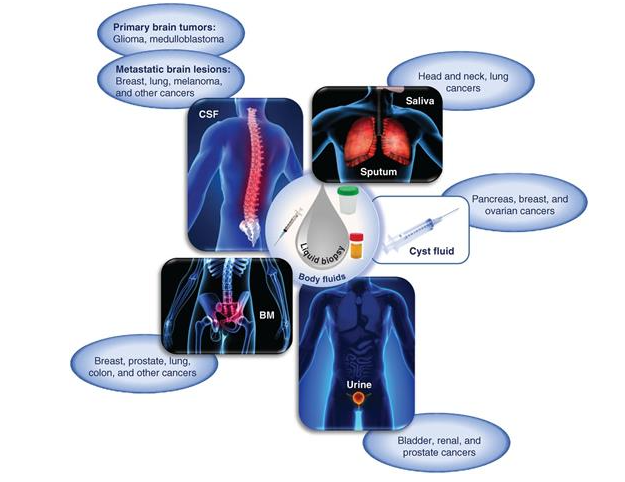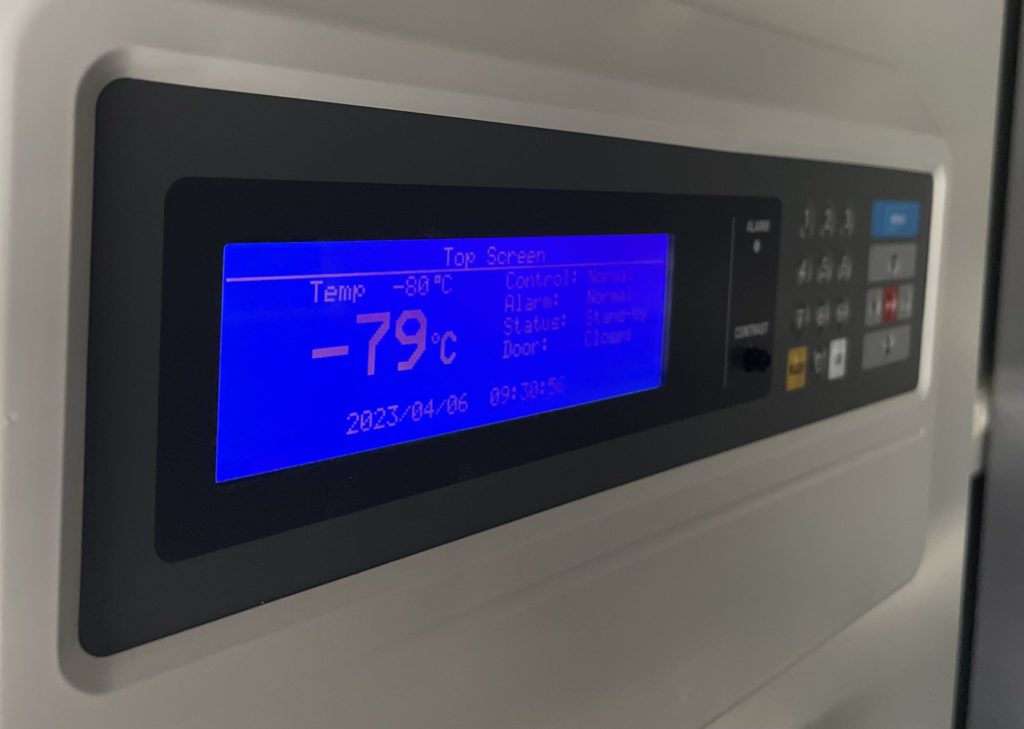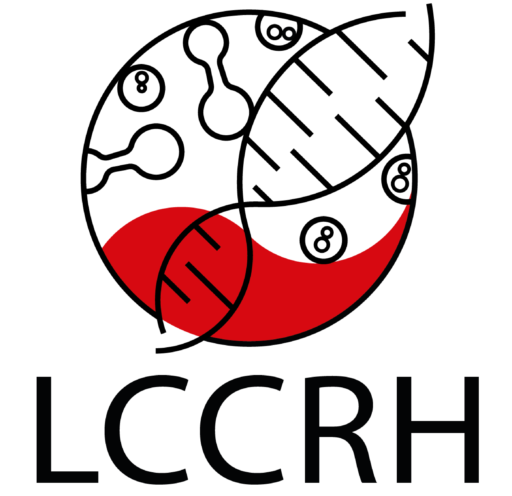THE PLATFORM
Methods and technologies to isolate and characterize circulating biomarkers
Liquid Biopsy

Alix-Panabières, Catherine, and Klaus Pantel. « Liquid biopsy: from discovery to clinical application. » Cancer discovery (2021)
Liquid biopsy is a non invasive real-time test that can be performed on a blood sample in order to analyze certain biomarkers in cancer traitement. The liquid biopsy concept was introduced for circulating tumor cells (CTC) 10 years ago and rapidly extended to circulating tumor DNA and other tumor-derived products such as circulating cell-free RNA (noncoding and messenger RNA), extracellular vesicles, or tumor-educated platelets. Early detection and characterization of theses biomarkers may help reduce cancer mortality and increase overall patient survival.

Alix-Panabières, Catherine, and Klaus Pantel. « Liquid biopsy: from discovery to clinical application. » Cancer discovery (2021)

In the multidisciplinary context of the laboratory and as a result of the many projects carried out, the LCCRH now has a vast biobank. Thus, numerous blood fractions from patients at different stages and with different cancers are stored at – 80°C and in liquid nitrogen. This biobank will allow in the future to link different biomarkers with new ideas and projects in order to obtain more information.
The LCCRH is involved in three areas of inquiry that are highly interconnected: (i) understanding the biology of the metastatic cascade, (ii) technology development to improve CTC detection, and (iii) translational clinical research based on liquid biopsy.

CellSearch ®
The CellSearch® method allows the identification and characterization of circulating tumor cells (CTC) directly from patient blood. This technology uses positive magnetic selection of CTCs by the epithelial marker EpCam. Other blood cells are labeled with CD45. This FDA approved method allows rare events to be found in 7.5 mL of blood. The presence, number and expression of certain markers on the surface of CTCs gives us indications on the follow-up of the cancer, the effectiveness of a treatment or the risks of recurrence.
DEPArray®
DEPArray is an automated instrument used for isolating rare cells from CellSearch® cartridges without leukocyte contamination. This
microfluidic device sorts rare events to perform genomic analysis at a single cell level.
ImmunoSpot®
The ImmunoSpot method allows the counting of viable immune cells through their secretion. This immunoassay also allows us to
observe the immune response in oncology.
Molecular analyses
The possession of molecular analysis tools such as PCR thermal cyclers (QuantStudio® 3) and sequencers (Illumina® MiniSeq) allows the scientists of the laboratory to push the cellular analyses to the level of gene expression.
Microscopy
The laboratory is also equipped with a fluorescence
microscope (Axio Imager M1, Carl Zeiss Vision) in order to perform
different observations or immunolabeling.
